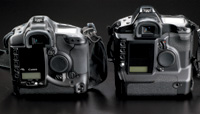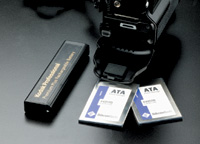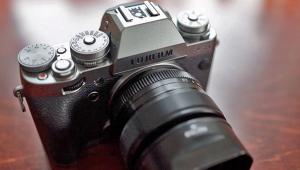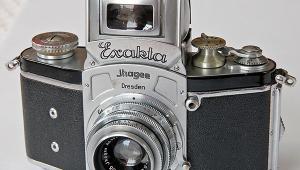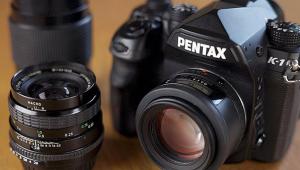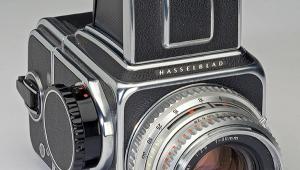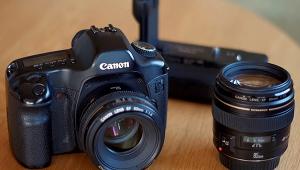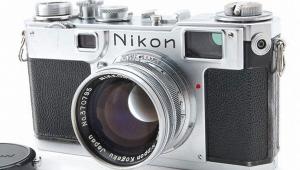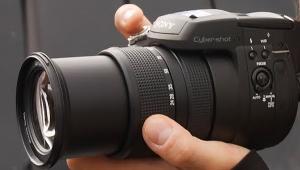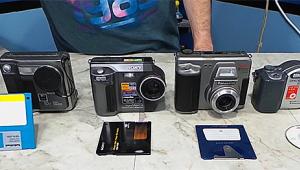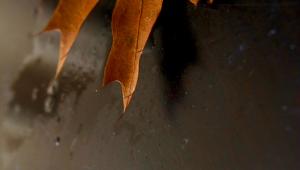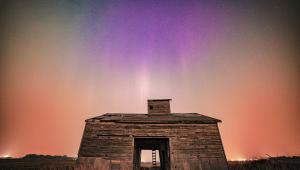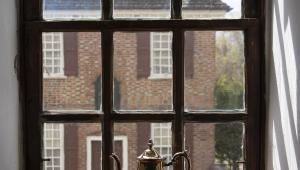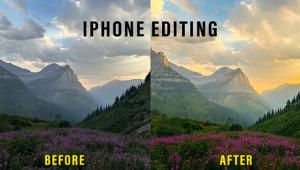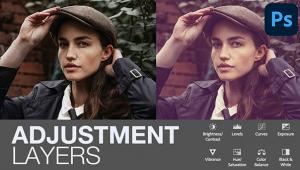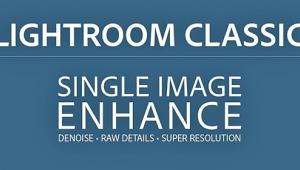Classic Digital Cameras
Kodak's Vintage DCS 520 Digital SLR Is Now A Bargain...
But Is Tech From 1999 Just Too Outdated?
Without a doubt, 1998 was an important year for the digital camera industry. For it was in '98 that the first really good, really usable, really portable digital SLR camera hit the shelves. A joint venture between Japanese camera maker Canon and American film giant Kodak, the camera hit the marketplace like wildfire. In an interesting joint marketing experiment, Canon released the camera as the D2000 with Canon badging, while Kodak rolled it out as the DCS 520, badged a Kodak but with the Canon logo clearly visible. The twins were based upon the defacto pro camera of the day, the Canon EOS-1N, and offered a big (for '98) file, 1728x 1152 pixels--a whopping 2.0 megapixels! For photographers using older DCS 420, DCS 410, and DCS 200 cameras, everything about the DCS 520 was revolutionary--especially the big LCD on the back! |
|||
Way Back In '99 Missing My 520 Comparing "Old" And New |
|||
Is File Size That Important? Anti-Aliasing Filter Buying Tips Bringing It Home Finding Media Some Straight Talk |

